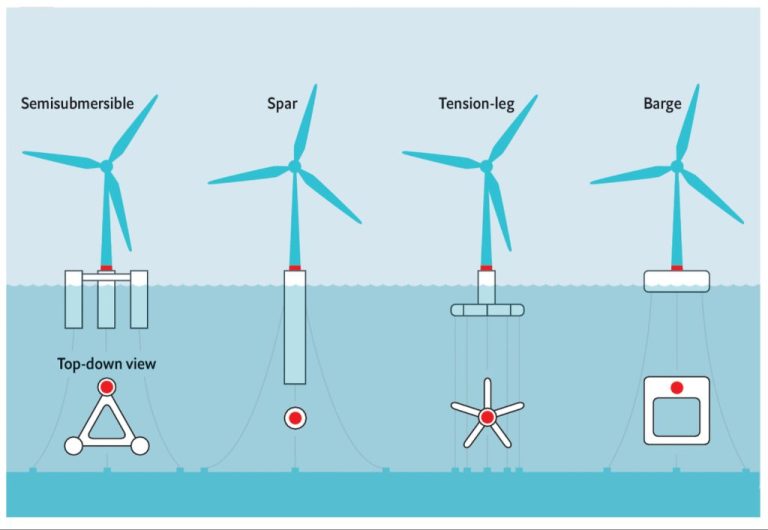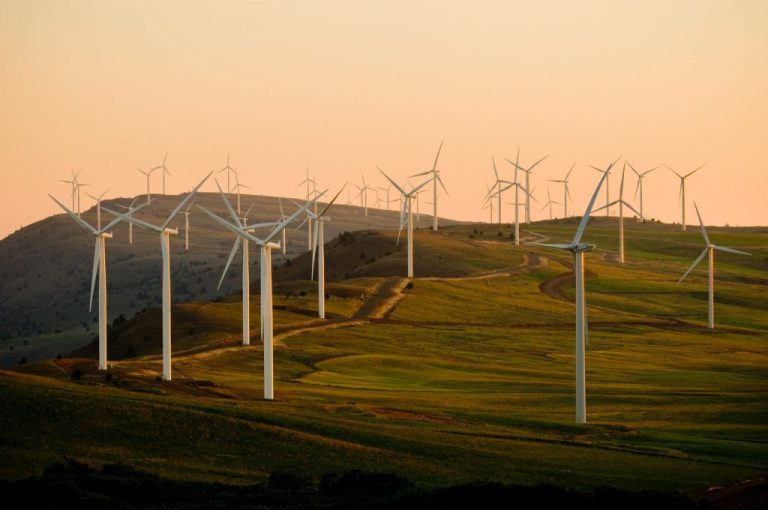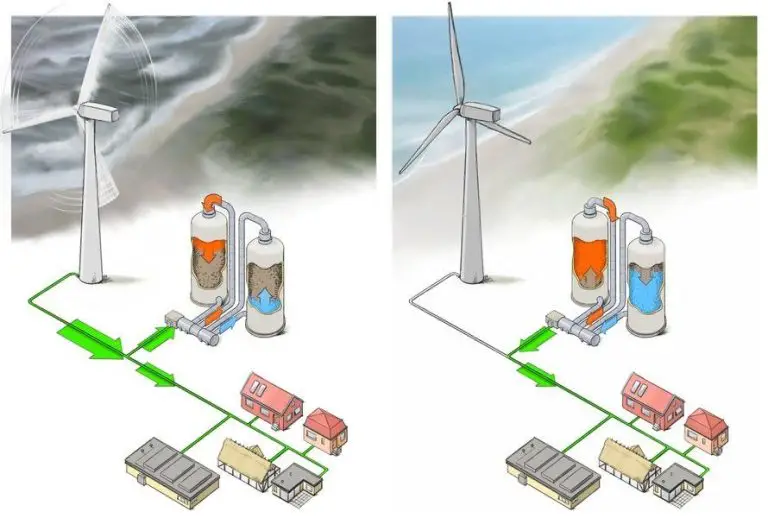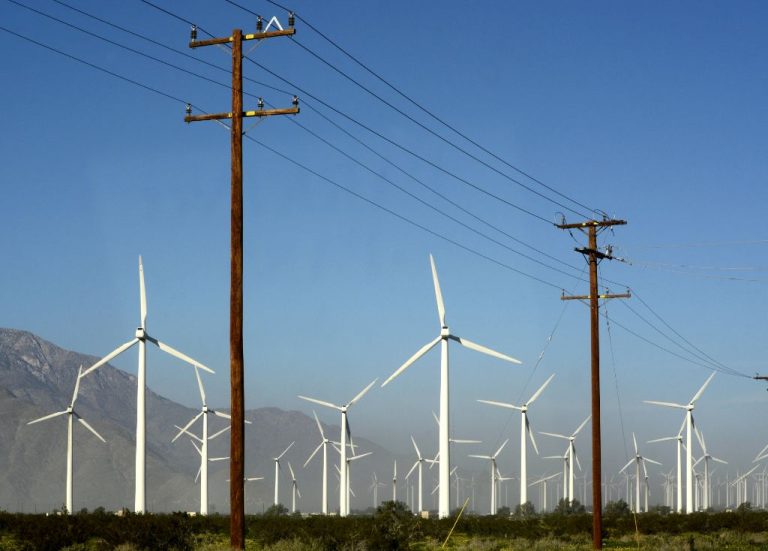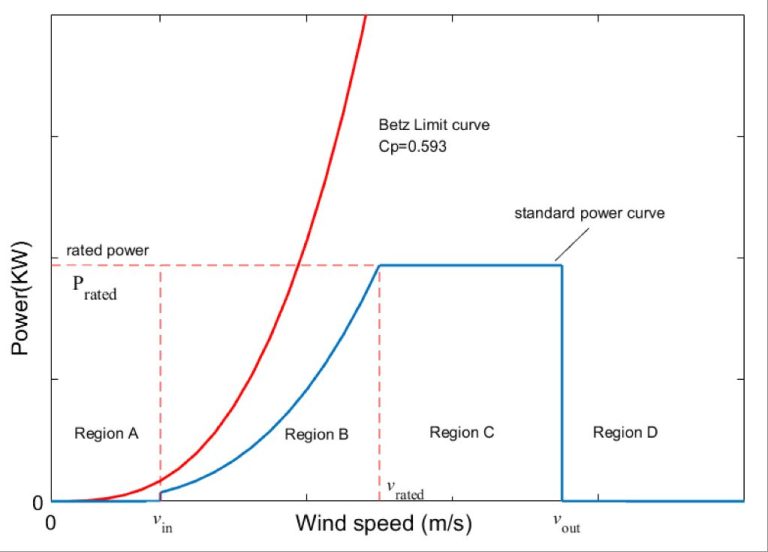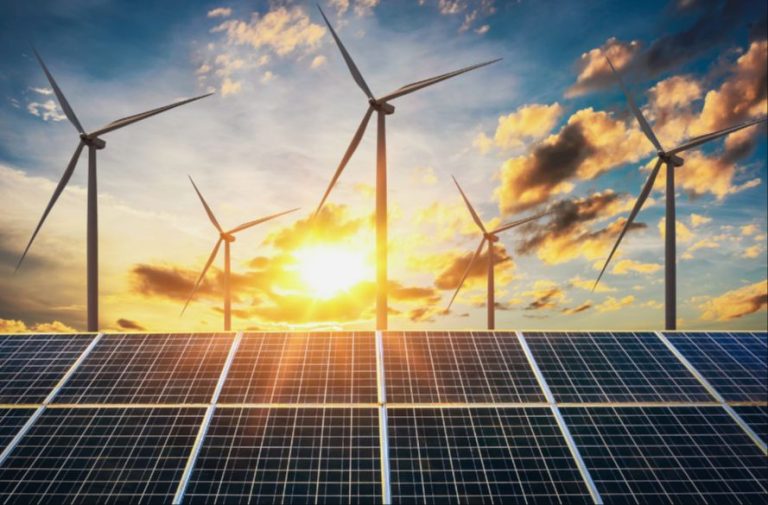How Fast Is Wind Power Growing?
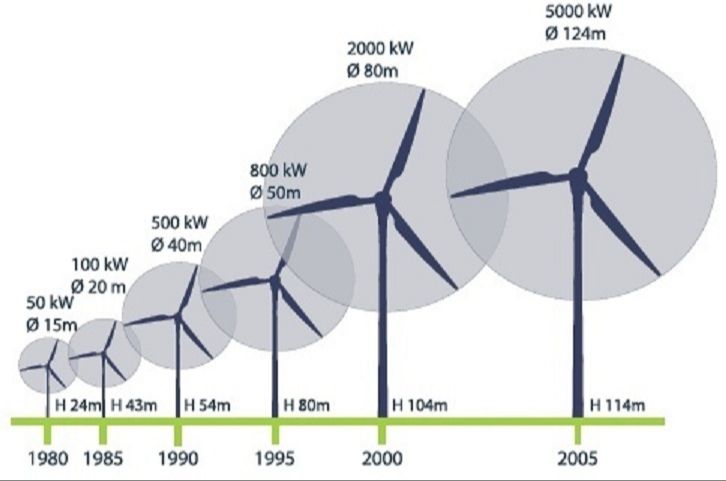
Wind power has emerged as one of the fastest growing energy sources in the world over the past few decades. As concerns about climate change and energy security rise, many countries are turning to renewable sources like wind to meet energy needs and reduce carbon emissions. A key question around wind power is: how fast is it actually growing? What have been the historical trends in wind energy growth and what is projected for the future?
This article will analyze wind power growth rates over time – looking at installed capacity, electricity generation, industry revenue, and other metrics. It will assess where wind stands today as an energy source globally and in key markets. The outlook for future wind power expansion will also be explored through examining growth forecasts and scenarios. Factors driving further growth potential as well as challenges that could limit the rate of growth will be discussed. Understanding the pace at which this renewable energy source is scaling up provides important insights into the evolving energy mix and decarbonization pathways.
Historical Growth Trends
Wind power has seen tremendous growth over the past few decades. According to the U.S. Energy Information Administration, the first electricity-generating wind turbine was built in Scotland in July 1887 by Prof James Blyth of Anderson’s College, Glasgow.[1] However, modern commercial wind power really began in the 1970s with new turbine designs and government incentives. In the 1980s and 1990s, wind power continued to expand in Europe, led by Denmark, Germany, and Spain. In the US, growth was slower due to less supportive policies, but began to accelerate in the late 1990s and 2000s.
According to the U.S. Department of Energy, by 2013 installed wind capacity in the US reached over 60,000 MW, compared to just 2,500 MW in 1999.[2] This represents a period of major growth, with annual installations rising from under 500 MW in 1998 to over 13,000 MW in 2012. Significant factors enabling this growth included federal tax incentives, state renewable portfolio standards, and improvements in turbine technology and performance. While growth rates have moderated somewhat since 2012, wind power capacity continues to steadily expand. Globally, installed capacity reached over 539,000 MW by 2017, up from just 48,000 MW in 2004.
Current Status
As of 2021, the total installed wind power capacity worldwide has reached over 837 GW, up from 733 GW in 2020 (Current Status of Worlds Wind Power – MOL Mitsui OSK Lines). This represents almost 7% of total global electricity generation capacity. The regions with the most installed wind capacity are Asia (37%), Europe (34%) and North America (22%). In terms of individual countries, China leads with over 366 GW, followed by the US with 135 GW and Germany with 64 GW (The current status of wind power).
In the last decade, wind power’s share of electricity generation has grown substantially. As of 2020, wind generated over 1,743 TWh of electricity globally, meeting around 5.3% of total worldwide demand. The regions where wind contributes the most to electricity generation are Europe (16% share) and China (9% share). Several countries now get over 20% of their electricity from wind power, including Denmark (48%), Ireland (35%), Germany (26%), Portugal (26%), Spain (23%) and Uruguay (22%) (Wind turbines: current status, obstacles, trends and technologies).
Growth Forecasts
Wind power capacity is expected to continue growing rapidly over the next decade. According to projections from the U.S. Energy Information Administration (EIA), total installed wind power capacity in the United States will reach 144 gigawatts (GW) by 2030, up from 122 GW in 2020.
The EIA forecasts average annual wind capacity additions will be around 10 GW per year from 2021 to 2025 as more wind projects come online to meet state renewable portfolio standards. From 2026 to 2030, average annual additions are expected to rise to almost 17 GW per year. This will bring the total installed capacity to 144 GW by 2030, making wind the largest source of renewable electricity in the country.
Globally, the Global Wind Energy Council (GWEC) forecasts 337 GW of new wind power capacity will be added during 2021-2025 under their stated policies scenario. Under a more ambitious forecast with increased policy support, 420 GW could be added over this period. By 2030, total global installed wind capacity is projected to reach around 837 GW in the stated policies scenario or over 1 TW in the accelerated growth scenario.
Drivers of Growth
The rapid expansion of wind power capacity can be attributed to several key factors that create favorable conditions for further growth. Government policies have played a major role, with many countries establishing renewable energy targets and passing regulations to incentivize wind power.
One of the most important drivers is the falling costs of wind power. Turbines have become more efficient, and economies of scale have driven down costs across the supply chain. The levelized cost of electricity from new wind power plants is now competitive with fossil fuel generation in many markets.
Corporate procurement of renewable energy has also emerged as a significant driver of new wind capacity. Many companies have set sustainability goals to reduce their carbon footprints and are signing long-term power purchase agreements for wind energy as part of their strategies.
Challenges to Growth
While wind energy has experienced rapid growth in recent years, expanding wind power further faces some challenges. One key barrier is grid integration and transmission. Many of the best wind resources are located in remote areas, far from cities where energy demand is high. Transmitting the power long distances to population centers requires major investments in transmission infrastructure.
Another obstacle is the permitting and siting of new wind farms, which has become more difficult. Proposed projects often face local opposition and lengthy approval processes. Finding sites that optimize wind resources and minimize impacts is complex.
In addition, wind power must now compete with rapidly declining solar energy costs. Government subsidies have helped drive growth for both wind and solar, but subsidy phase-outs may advantage solar power in the future.
Overall, while harnessing wind energy has expanded significantly, scaling up further will require addressing remaining integration, transmission, siting, and economic challenges (Advantages and Challenges of Wind Energy, 2022).
Offshore Wind
Offshore wind energy is one of the fastest growing segments of renewable energy today. According to the International Energy Agency, around 6.1 gigawatts (GW) of offshore wind was added globally in 2020, led by large-scale projects in China and new capacity in the North Sea (IEA). Europe continues to be the major market for offshore wind, with around 25 GW of installed capacity today primarily in the North Sea. However, China is rapidly increasing deployment and accounted for over half of new offshore installations in 2020 (IEA).
Looking forward, offshore wind capacity is projected to grow rapidly, led by Europe, China, and new markets like the United States. According to the Global Wind Energy Council, over 200 GW of offshore wind could be installed globally by 2030, a five-fold increase from today (IEA). This growth will be driven by falling technology costs, supportive government policies, and more extensive grid connections. Key markets to watch include the North Sea, China, Taiwan, Japan, South Korea, and the United States, especially the northeast and west coast regions where state policies strongly support offshore wind development.
Developing Markets
Many emerging markets around the world have significant untapped wind energy resources and potential for growth. Countries like Brazil, China, South Africa, the Philippines, Egypt, and South Korea have been identified as key emerging wind markets to watch [1] [2] [3]. These countries have strong wind resources, growing energy demands, and governments that are enacting policies to support wind power development.
Analysts project robust growth in many of these markets in the coming decade. For example, Brazil aims to reach 22 GW of installed wind capacity by 2026, up from around 16 GW today [4]. China, already the world’s largest market for wind power, expects to nearly double installed capacity to over 400 GW by 2030 [5]. Countries like Vietnam, Thailand, and the Philippines have set ambitious renewable energy targets that will drive wind growth in Southeast Asia [6].
Technological Innovations
Wind power technology has rapidly advanced in recent years, enabling more efficient and cost-effective energy generation. Some key innovations include:
Larger, more efficient turbines – Modern wind turbines are significantly larger, with rotor diameters over 150 meters. Bigger blades can capture more wind energy. New materials and advanced aerodynamics also enable greater efficiency. According to General Electric, their newest offshore turbine generates 45% more energy than previous models.1
Floating offshore foundations – Floating foundations are a game-changer for offshore wind, allowing turbines to be installed in much deeper waters further from shore. This expands viable locations, especially along the U.S. West Coast. The first floating offshore wind farm in Asia began operations in 2022.2
Digitalization – Advanced sensors, automation, robotics, and data analytics are boosting performance and lowering costs. Predictive maintenance reduces downtime. Drones inspect blades. Machine learning optimizes operations. Digital twin simulations model potential issues.3
Conclusion
In conclusion, wind power has experienced remarkable growth over the past decade, driven by declining costs, supportive policies, and technological improvements. Key trends show that wind power is becoming one of the most affordable and rapidly deployed renewable energy sources globally.
Looking ahead, most projections point to continued strong growth for wind power, especially offshore wind farms and in developing markets. However, some challenges remain around integrating increasing shares of wind power into electric grids. Overall though, the future looks bright for wind power to play a major role in the global renewable energy transition and efforts to reduce carbon emissions.

